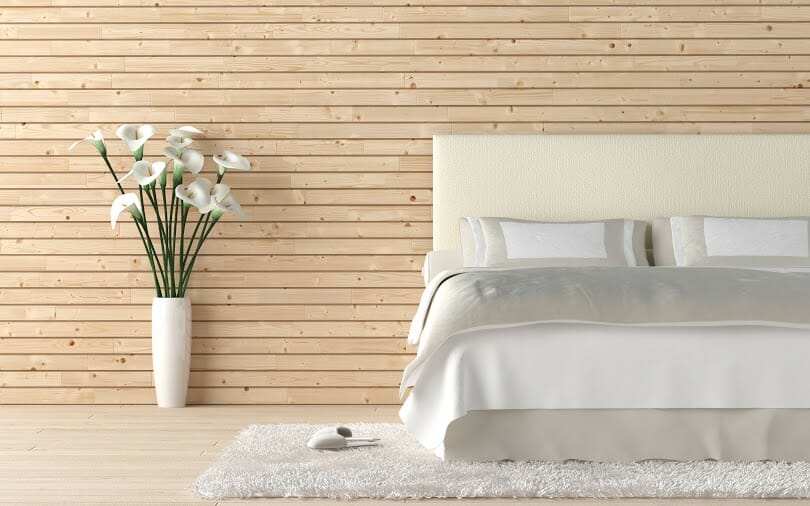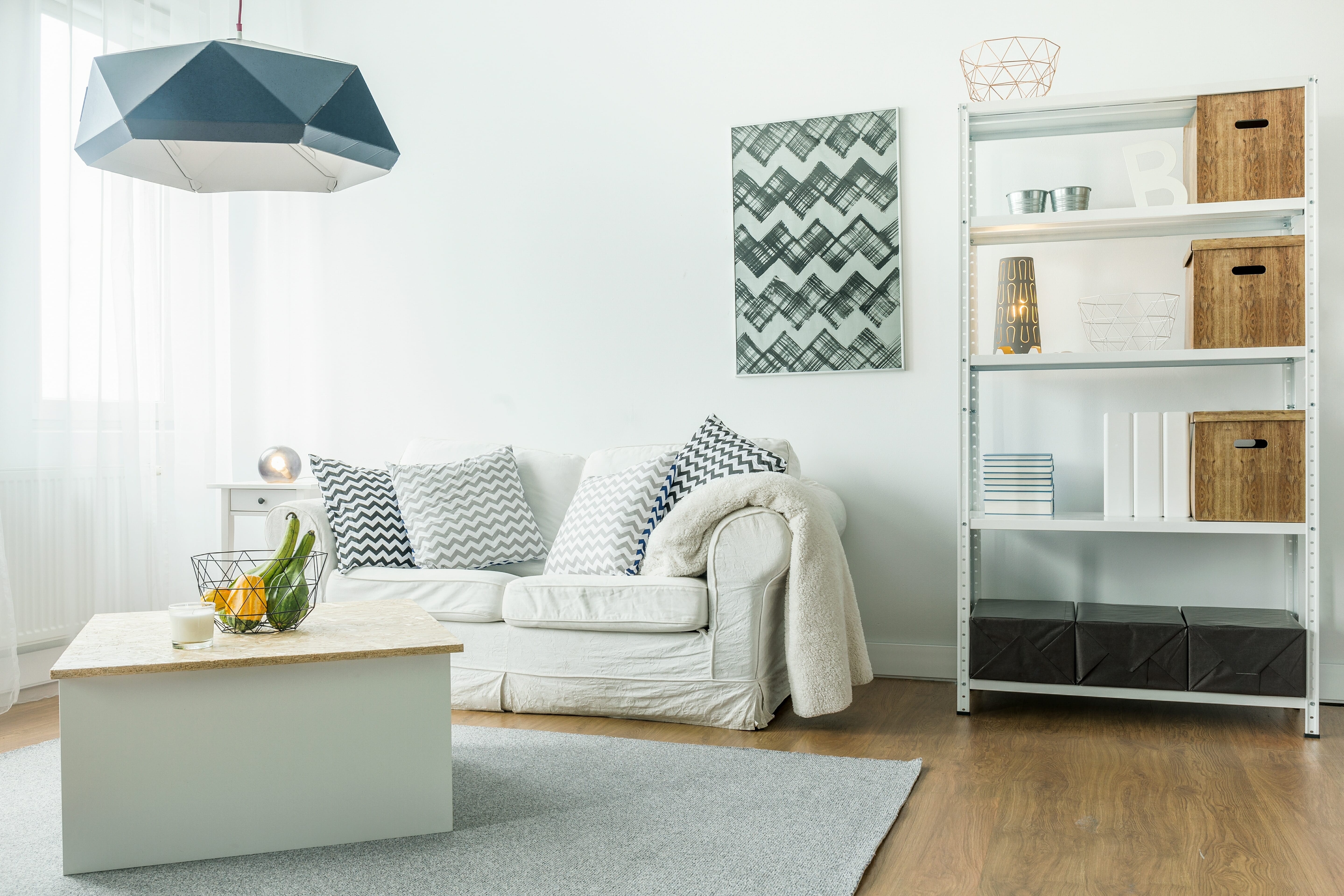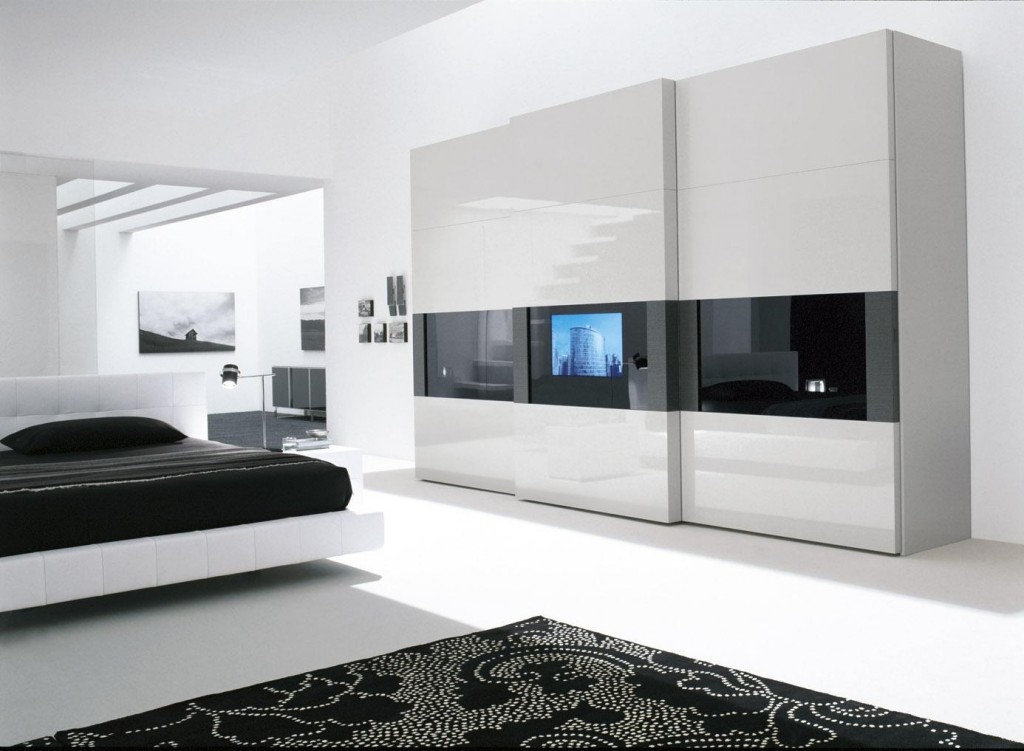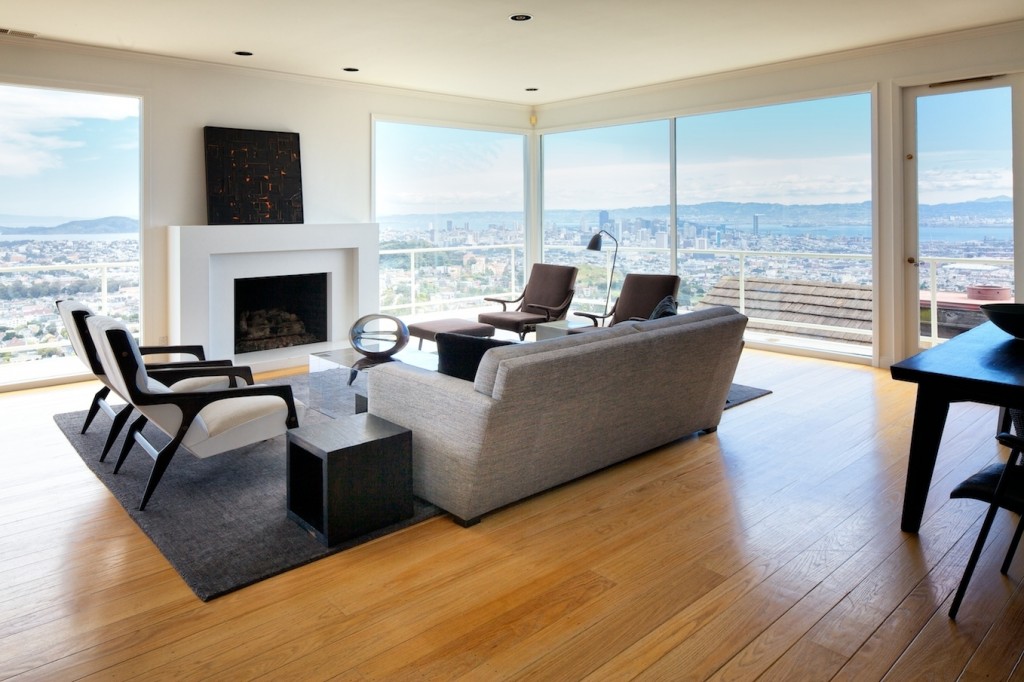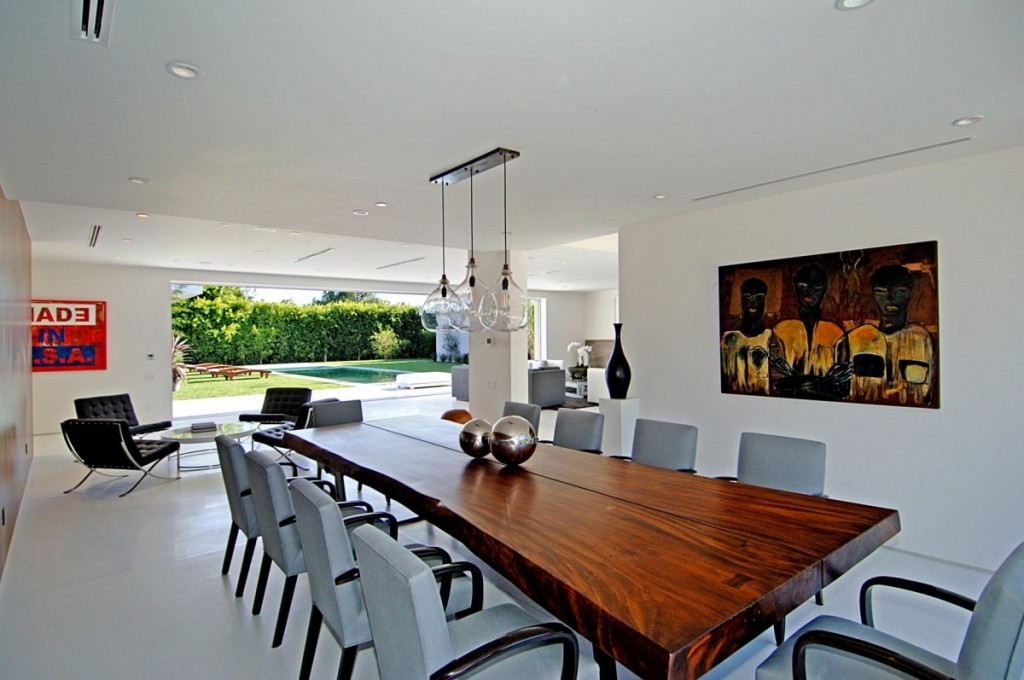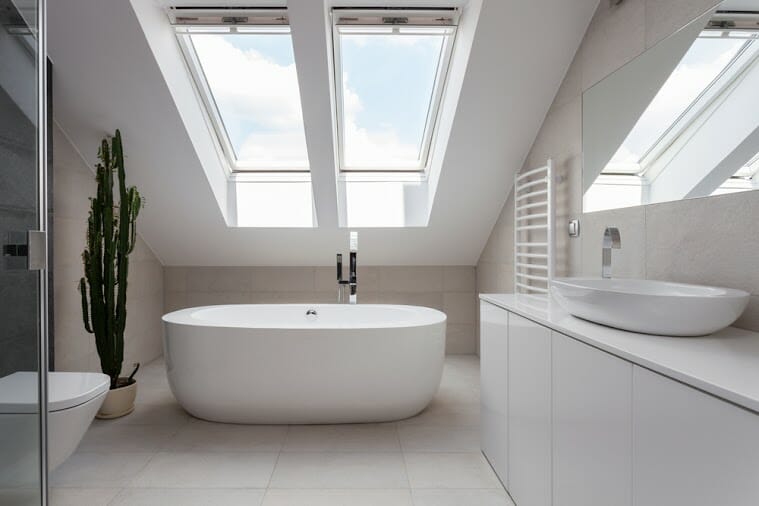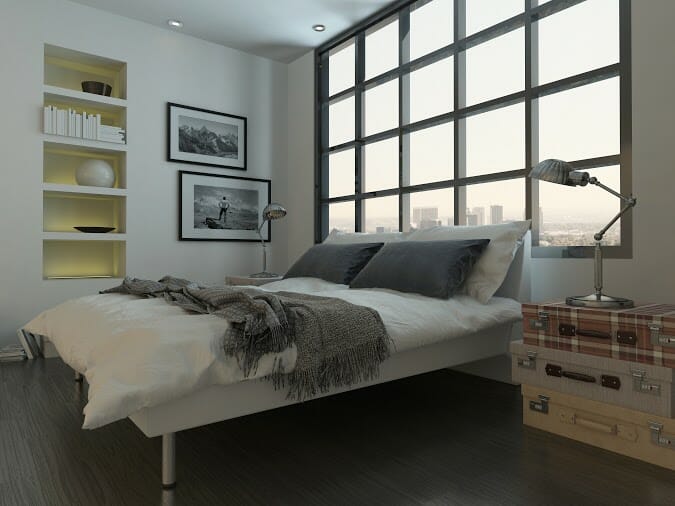Are you doing a home improvement project?
Modernize can pair you with three to four pros in your area, so you can compare options and save time and money.
We’re all familiar with the old adage, “Less is more.” In the design world, nothing embodies this saying quite like minimalism, a style that attempts to strip a design down to its essential elements.
Maybe you hear the word “minimalism” and immediately think of a cold, sterile, and uninviting space. We’re here to change that image—because minimalism isn’t about harsh lines and bland colors. It’s all about achieving beauty and peace through balance and simplicity. Intrigued? Here’s our crash course on minimalist style, and how to make it work for you.
Neutral Color Schemes
One of the most obvious markers of minimalist style is the absence of bright colors. Instead, neutral color schemes with plenty of bright white spaces are complemented by grays and blacks. Natural materials like raw wood and metals mesh perfectly with these neutral colors and keep the space from looking too harsh or bland. Keep any added color confined to artwork or other accessories while sticking with monochromatic tones for the main components of the space.
Solids Instead of Patterns
Minimalist style favors solid colors over busy patterns and prints. If you choose to include patterns, be sure that they are subtle, tone-on-tone pieces that add depth without detracting from the clean, bright effect of the rest of the room. In general, use solid colors for walls, furniture, and other large elements.
Add Depth with Textures
Instead of adding dimension with colors or patterns, minimalist style tends toward natural textures like fur, wood grain, stone, glass, or leather. You can also add texture to flat spaces by adding plants. Succulents in particular make great accent pieces in visually streamlined spaces.
Open Floor Plans
Minimalist style is built around the principles of clean space and openness. Open floor plans create a feeling of freedom and spaciousness. The goal of a minimalist home is to achieve a relaxing and peaceful environment. Being able to move easily throughout your home without any clutter in your way helps your mind and body relax. Open floor plans are even more ideal in smaller spaces that could easily feel crowded and cramped. If walls or dividers are absolutely necessary, consider using glass panels or sliding walls that can be pushed open to make the space feel cohesive and expansive.
Lighting
Lighting is a key element of minimalist style, encompassing both the quality and amount of light in a room. Windows are often left bare to encourage the maximum amount of natural light into a room. White walls reflect and diffuse the incoming natural light, while light fixtures often serve as an art form of their own. You can use lamps, chandeliers, spotlights, and wall fixtures to distribute light throughout the room and produce a bright and airy effect.
Find the Right Contractor for Your Project
Whether you’re ready to begin your project now or need some expert advice, our network of contractors are here to help. With a few simple questions, we’ll find the best local professionals for you
Clean Lines and Flat Surfaces
In terms of furniture, the rules of minimalist style encourage you to include only what is absolutely necessary. Each piece should have a clear and essential function. Not only does this mean limiting the amount of furniture in a given room, it also means seeking out pieces with clean lines and flat surfaces.
Minimalist bedrooms feature beds that sit low to the ground, often without a headboard. Sofas and other furniture tend toward rectangular shapes, with either sharp or slightly rounded corners. Most importantly, you should arrange furniture symmetrically, making sure to leave plenty of empty space in the room. For a helpful design equation, think 20% furniture and 80% free space.
All-White Kitchens
White kitchens are a trademark of minimalist design. Store your cooking and food preparation supplies behind sleek cabinetry with clean white surfaces or on floating, open shelves that hold just a few items. The counters should stay clear of appliances and supplies. When possible, go for built-in appliances that blend seamlessly with the walls and cabinets.
Is Minimalist Style Right for You?
Now that you know the basics of what defines minimalist style and how you can achieve it in your home, you might be wondering, “Is this the right style for me?” Minimalism is unique, and it certainly isn’t for everyone. You might be attracted to certain elements of minimalism, but unsure if your lifestyle is suited to it. Before you tackle any new design-style projects, ask yourself these questions:
Do you find yourself craving peace and rest from your chaotic life?
Do you appreciate clean and well-balanced spaces?
Do bright rooms lift your spirits?
Do you appreciate places that are neat, orderly, and uncluttered?
Do you prefer to store your things out of sight?
Are you comfortable in spaces that might feel empty to others?
Do you agree with the principle that “Less is more?”
If you answered yes to these questions, minimalist style might just be the perfect fit for you.
Find the Right Contractor for Your Project
Whether you’re ready to begin your project now or need some expert advice, our network of contractors are here to help. With a few simple questions, we’ll find the best local professionals for you
Reviews from Real Homeowners
Welcome to Homeowner Resources! We are the Modernize blog. Modernize pairs more than 3 million homeowners a year with pre-vetted contractors in their area. This blog started because we believe homeowners should know everything about their homes, from how their HVAC works to which front door colors they might love. On Homeowner Resources, you can find information on every part of your home, right down to how you can negotiate with contractors to get the best price. Here's more about the blog.
Need a contractor? Learn more about how Modernize finds the right pro for you.
